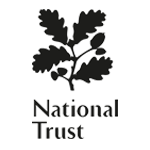FAQ
Account
Payments
Returns
Delivery
Which courier do CJ Wildlife use?
I am missing part of my order.
Can I have my parcel delivered to an automatic parcel machine?
Can I choose when my parcel will be delivered?
When will I receive my order?
My parcel was supposed to have been delivered but I haven't received anything.
My delivery time keeps changing.
Order
I get an error message when entering my phone number.
I get an error message when entering my postcode.
How can I redeem a CJ Wildlife gift voucher?
How do I enter my discount code?
Do I have to redeem the entire balance of my gift voucher in one go?
Can I still cancel my order?
I forgot to enter my discount code.
I forgot something, can I add to my order?
I have more than one order, can it be delivered in one package?
How do I place an order?

